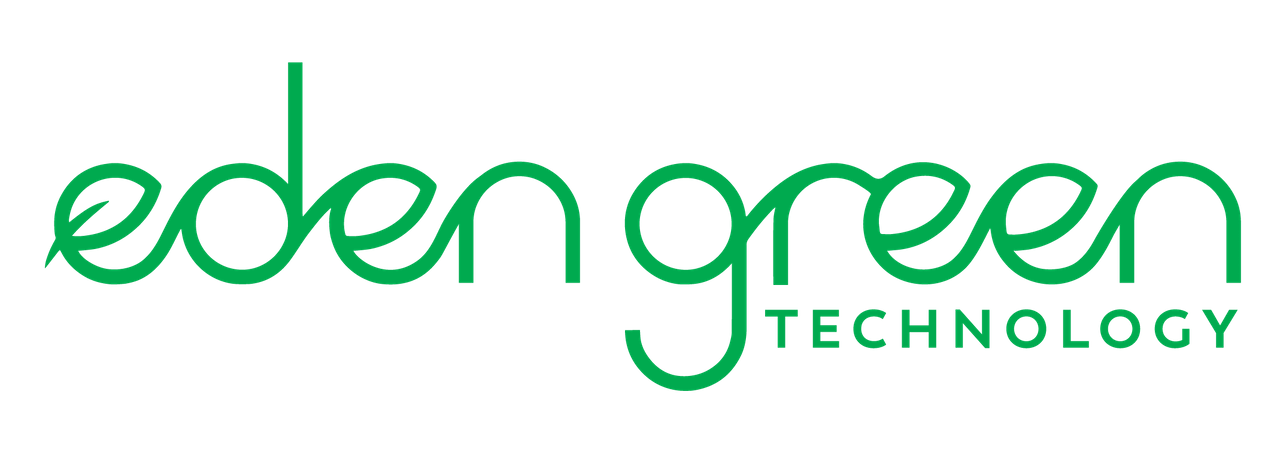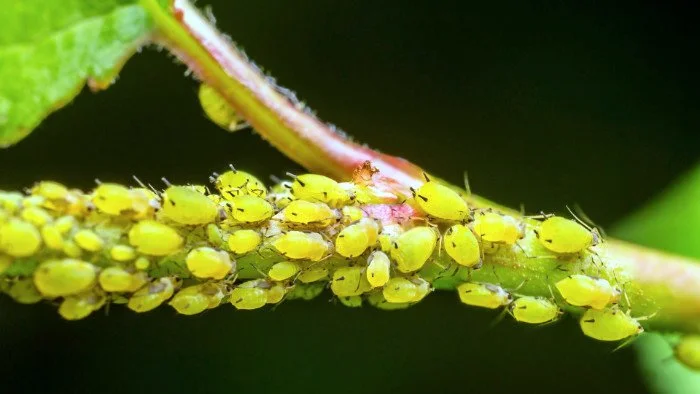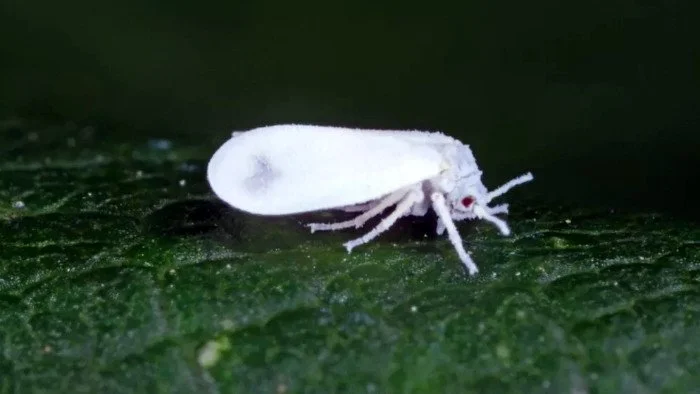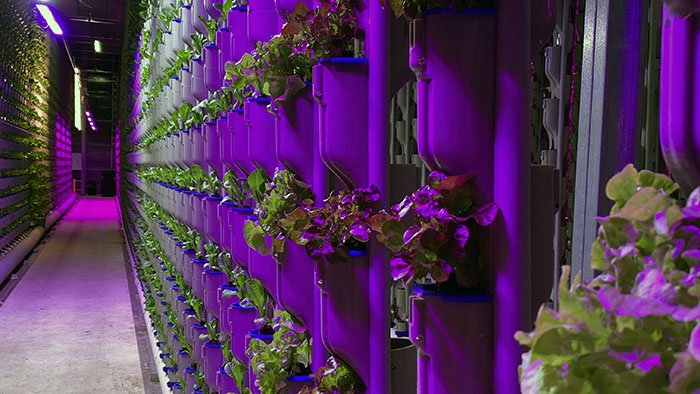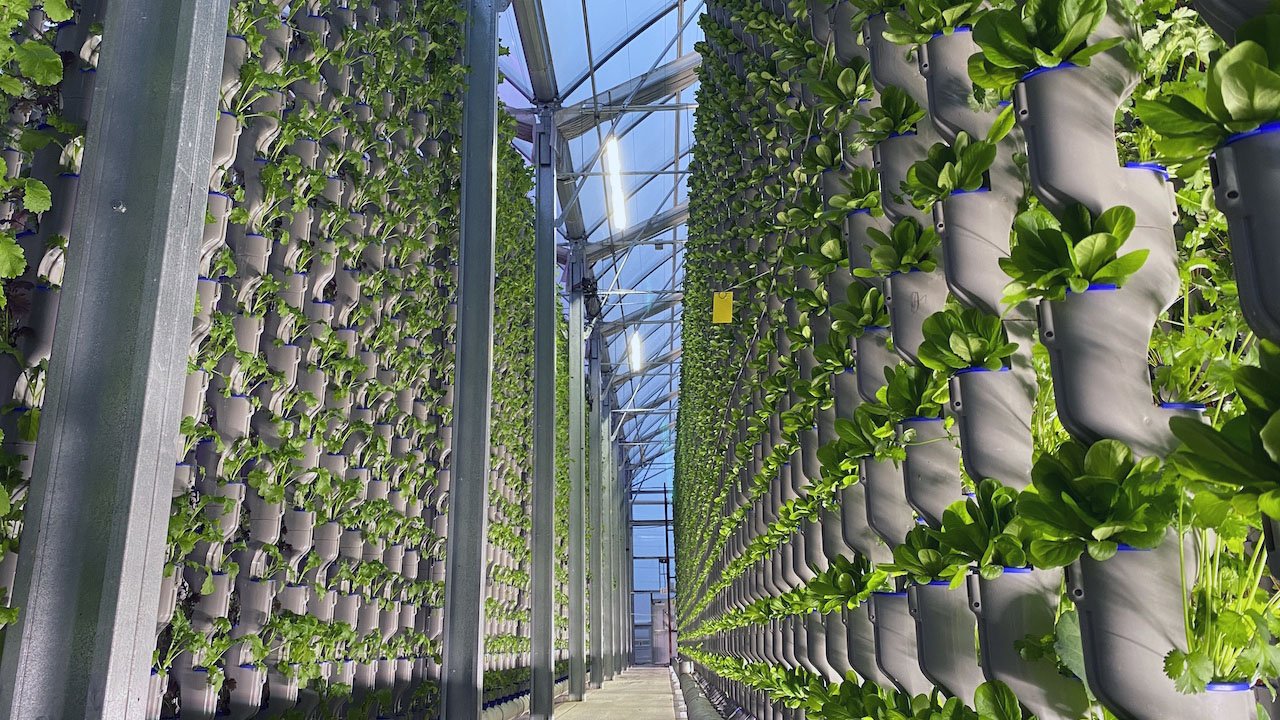Pest Management in Hydroponic Systems: Identification, Prevention, and Control Strategies
Pest management in hydroponics is often overlooked, since hydroponic systems are indoors. However, growers should know that pests can still find ways to get in and spread fast.
Since there are no natural predators inside, proactive measures are the best. A good plan includes three steps: keeping pests out, watching closely for signs, and treating problems right away.
Is Pest Management Necessary in Hydroponics?
Even indoor hydroponic systems aren’t immune to pests. It’s a common myth that growing indoors keeps bugs out. But the warm temps, steady water, and rich nutrients in these systems can actually invite pests in.
Pests like spider mites or aphids can spread fast without natural predators. That’s why smart design and innovative hydroponic systems are important for prevention.
Related article: What is Plant Health Management? .
Learn how full-system care plays a role in stopping pests before they start.
Common Pests to Watch Out For
In hydroponic systems, pests often hide in plain sight. Look for signs like:
Yellowing leaves
Sticky residue
Webbing
Tiny insects around roots and stems.
Detect these problems early with magnifiers, yellow sticky traps, and regular plant checks, and stop these problems before they spread.
Aphids
Aphids are tiny, soft-bodied bugs that are green, black, red, or yellow. They love feeding on new plant growth by sucking out the sap, causing yellow leaves, curled stems, and stunted growth.
These pests reproduce fast; in fact, females don’t even need to mate. In certain conditions, one aphid can quickly lead to hundreds. They also leave behind a sticky substance called honeydew, which can grow mold and block sunlight from reaching the plant.
High nitrogen levels in your system can make plants even more attractive to aphids. And as if that’s not enough, they can also spread viruses and bring in other pests like ants and whiteflies.
Spider Mites
Spider mites are less than a millimeter long, making them nearly impossible to see. However, they leave behind fine webbing that’s easy to spot. These tiny pests suck out plant cells, leaving leaves speckled, yellow, and weak.
They thrive in hot, dry conditions and multiply quickly, completing a full life cycle in just a week. Without early action, spider mites can take over an entire system before you realize there’s a problem.
Fungus Gnats
Fungus gnats are small flying bugs that look like tiny mosquitoes. Adults are mostly a nuisance, but their larvae are the real problem. They feed on roots, algae, and organic matter in your system.
Larval feeding weakens plants by damaging roots and blocking water and nutrient uptake. You’ll see this in the form of yellowing leaves, slow growth, or wilting. Fungus gnats love damp, debris-filled areas, especially in growing media or near algae buildup.
They reproduce fast in moist conditions, with eggs hatching in just a few days. To control fungus gnats, keep things clean and dry, and watch for early signs near your plant bases.
Whiteflies
Whiteflies are tiny, white-winged insects about the size of a pinhead. They gather in large numbers on the back of leaves, where they suck plant sap.
As they feed, they leave behind a sticky mess called honeydew. Honeydew can grow black mold that blocks light and hurts the plant even more. Whiteflies can also spread plant diseases as they move from one plant to another.
Use sticky traps to catch adults and check leaves often. For bigger problems, insecticidal soap or helpful bugs like tiny wasps can keep whiteflies under control.
Thrips
Thrips are tiny, fast-moving insects that scrape plant leaves and suck out the juices. This leaves silver streaks or spots on leaves, along with black droppings. You may also see twisted or stunted new growth.
These pests are hard to spray because they jump and fly quickly. That’s why biological control works best. Helpful bugs like minute pirate bugs and predatory mites can hunt thrips and keep their numbers low.
Because thrips hide well and multiply fast, being vigilant and catching them early is key. Plastic covers and egg removal can also help stop them from spreading.
Other Notable Pests
Some pests don’t get as much attention but can still cause big problems. Root aphids, for example, stay hidden in the growing media. They damage roots and leave behind honeydew that can lead to mold and attract ants.
Mealybugs and scale insects eat plant sap and are tough to remove. Their waxy or hard coverings protect them from sprays, making treatment harder.
Shore flies don’t hurt plants directly, but can carry harmful germs. They’re often found where algae grow, so keeping things clean helps stop them from spreading.
The “Prevention First” Approach
Stopping pests before they get in is the best way to protect your hydroponic system. Prevention saves time, money, and crop health. From smart airflow to clean tools, a strategic setup, like those used in our greenhouses, optimizes everything from airflow to the tools you use, and it matters more than you might think.
Environmental Controls
Keeping the correct temperature, humidity levels, and airflow in your hydroponic setup can keep pests away from your plants. Spider mites love hot, dry air, while fungus gnats thrive in moist, humid spots. Keeping these levels balanced makes the space less welcoming for both.
Good airflow also keeps leaves dry and helps prevent mold and disease. Even light settings can affect pests; some are drawn to certain wavelengths or brightness levels.
Strong environmental controls prevent pests while supporting healthy plants that can better fight off invaders.
Related article: What is the Nutrient Film Technique (NFT) in Hydroponics? .
Want to know how airflow and water movement help protect plant health? Read our in-depth guide to Nutrient Film Technique.
Sanitation Practices
Cleanliness is one of the best defenses against pests in hydroponics. Always inspect and quarantine new plants before adding them to your system. This helps catch hidden pests before they spread.
Remove dead leaves, algae, and other debris often, as these materials attract pests like fungus gnats. Keep your growing media clean and block light where algae might grow.
Also, sterilize tools, especially if they’ve been used outdoors. Change and clean your water regularly to avoid buildup that pests can feed on. A clean system is a healthy system.
Treatment Options for Active Infestations
When pests do get in, you need to develop a strategy quickly. Using an integrated pest management (IPM) approach means choosing an effective mix of natural, physical, and chemical tools based on the pest and the problem.
Biological Control
Biological control uses helpful insects to manage pests in hydroponic systems. This natural, sustainable option doesn’t come with the downsides of chemical sprays. Ladybugs are great at eating aphids, spider mites, and whiteflies. Lacewings are often called “aphid lions”, and they go after aphids and mealybugs.
Predatory mites are another strong choice. Phytoseiulus persimilis targets spider mites, while Amblyseius swirskii and Neoseiulus cucumeris are top picks for thrips. For fungus gnats, Stratiolaelaps scimitus attacks the larvae in growing media.
These beneficials need ideal conditions to thrive, mainly proper humidity and some food sources. Setting up your system properly helps keep pest numbers low long-term and reduces the need for chemicals.
Chemical Control
Chemical treatments can work fast when pests get out of hand. Hydroponics often use neem oil, insecticidal soap, and hydrogen peroxide. Neem and AzaMax are good for many pests, but the smell may be strong indoors. Insecticidal soap works well on soft-bodied bugs like aphids and whiteflies and is safer around people.
Hydrogen peroxide (3%) can target fungus gnat larvae and also clean your system. For flying insects, pyrethrum sprays offer quick knockdown and are still organic-friendly.
Always use the correct dose, cover all leaf surfaces, and rotate products to avoid resistance. Timing matters too. Apply when pests are active but plants aren’t stressed.
Mechanical and Physical Control
Mechanical and physical tools are simple but powerful for pest control. Yellow sticky traps help catch flying insects like whiteflies and fungus gnats. Rinsing plants or removing bugs by hand can bring quick relief for small outbreaks.
Row covers and vent screens are barriers that block pests from reaching your plants and keep air moving. For soil pests, products like Gnat Nix or plastic mulches can stop larvae from completing their life cycles.
These methods work best as a first line of defense or alongside other treatments in a full pest control plan.
Take a Holistic Approach with Integrated Pest Management (IPM)
Integrated pest management means using a mix of methods to stop pests. This includes keeping pests out, checking plants often, and treating only when needed.
With IPM, you look for early signs, decide when to act, and choose safe options first. You won’t need as many chemicals, and you can keep pests from coming back stronger.
Related article: How Hydroponics & Vertical Farming Improve Food Safety .
See how Eden Green approaches food safety with our vertical farms and hydroponic systems.
Long-Term Pest Resilience in Your Hydroponic System
Long-term pest control starts by developing good habits. Even indoor systems need strong defenses. Watch your plants closely and act fast if something looks off. Use a mix of prevention, early monitoring, and safe treatments to stay ahead. Biological and physical tools can reduce the need for chemicals, and clean systems grow stronger, healthier plants.
FAQs
Which pests are most common in hydroponic systems, and how do I identify them?
Common pests include spider mites, aphids, whiteflies, thrips, and fungus gnats. You’ll often notice leaf damage, webbing, or bugs flying or crawling near your plants.
How can I prevent pests from entering my indoor hydroponic setup?
Seal vents, install screens, and limit who enters the grow space. Always inspect new plants and clean tools before use. These simple steps go a long way in keeping pests out.
What natural or chemical methods are effective for eliminating hydroponic pests?
It depends on the pest and how bad the infestation is. For smaller outbreaks, try physical removal or introduce beneficial insects. For tougher cases, use OMRI-listed products like neem oil or insecticidal soap. Always match the method to the pest’s life stage and system setup, and rotate treatments to avoid resistance.
